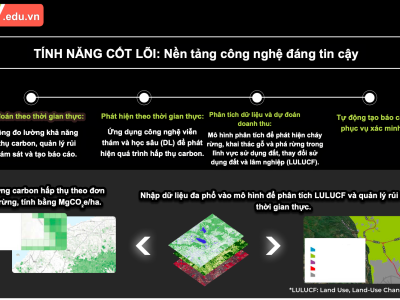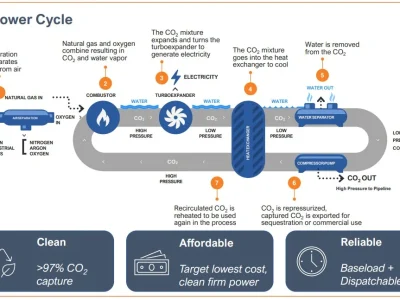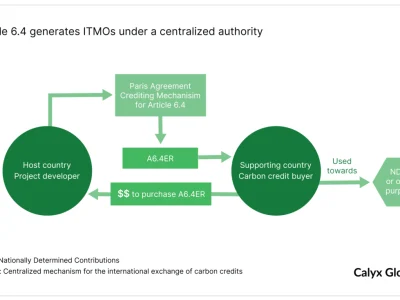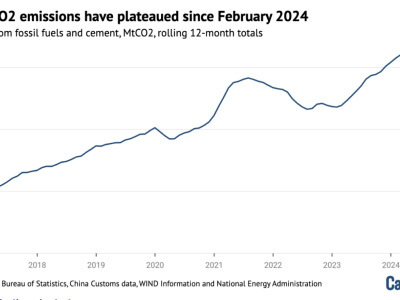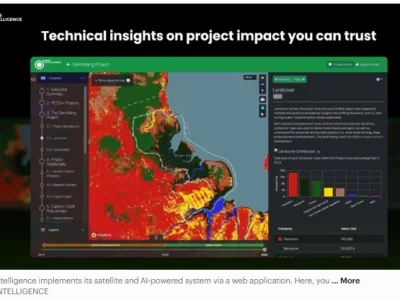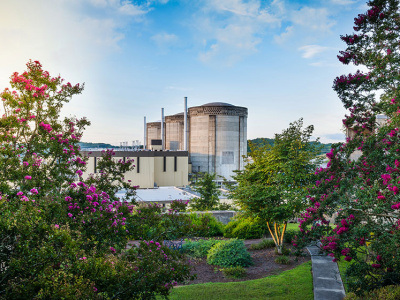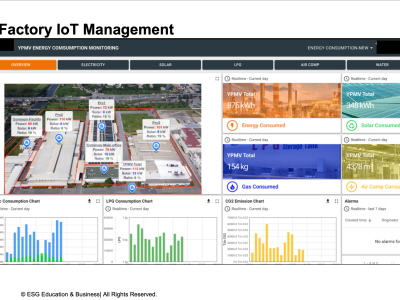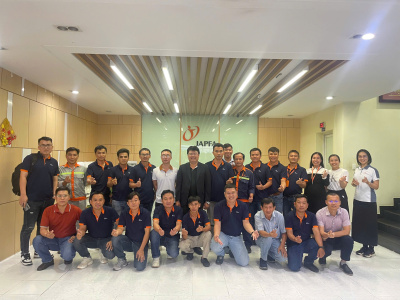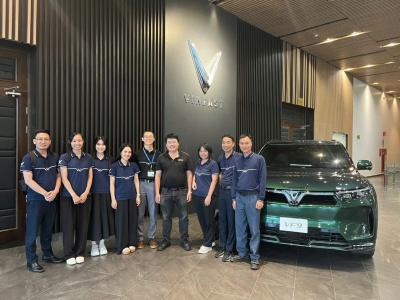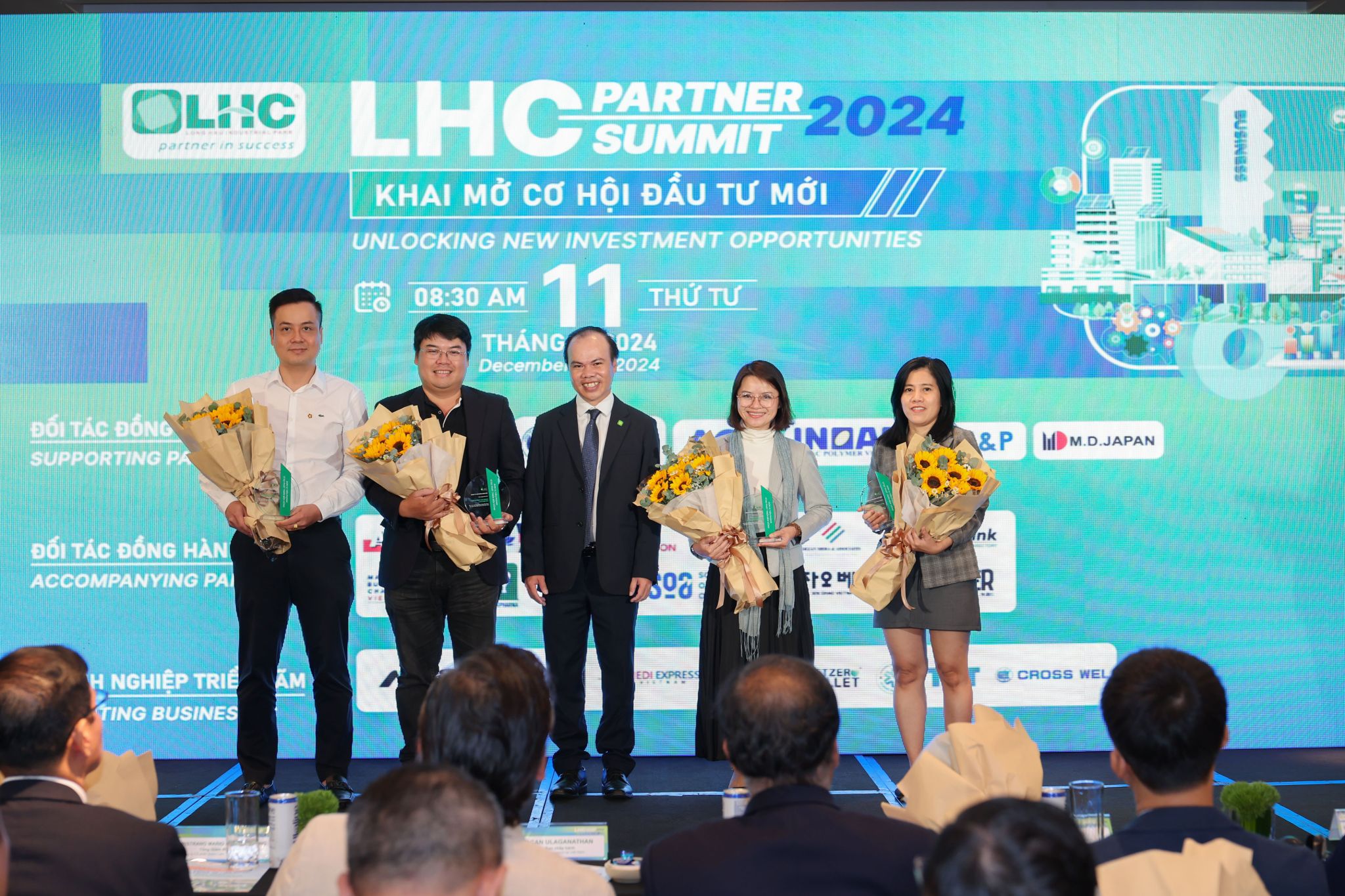 Chuong trinh dao tao
Chuong trinh dao tao
Biodigestate Discharge and the Spread of Antibiotic Resistance
When digestate from biodigesters is released into waterways, it does more than overload ecosystems with nitrogen and phosphorus. It also poses a direct threat to public health, especially in regions where surface water is used for drinking, bathing, and irrigation.

Digestate often contains zoonotic pathogens such as MRSA, Salmonella spp., E. coli, and Clostridium perfringens, as shown in studies of biogas digesters receiving pig slurry in Vietnam (Survival of Salmonella spp. and fecal indicator bacteria in Vietnamese biogas digesters receiving pig slurry). When this waste enters rivers or canals, antibiotic-resistant pathogens may contaminate community water supplies.
Worse still, these environments facilitate horizontal gene transfer—the exchange of genetic material between bacteria, including genes that confer resistance to antibiotics (Antimicrobial Resistance Learning Site). As farmers reuse contaminated surface water for flushing or irrigation, resistance genes and pathogenic bacteria are transported from farm to farm, creating a regional network of contamination.
Biodigesters: Hotspots of Antibiotic Resistance Genes
Research has confirmed that small-scale biodigesters function as incubators and dissemination hubs for antibiotic-resistant bacteria and resistance genes. These concerns mirror findings from municipal wastewater treatment plants, which also struggle to contain antibiotic pollution (Fate of Antibiotic Resistance Genes during Anaerobic Digestion of Wastewater Solids).
Human waste is often routed to the same digesters used for animal waste. Since 30% of the antibiotics consumed by humans are excreted unchanged, this combination further increases the risk of gene transfer and environmental contamination (Nearly a Third of Antibiotics Used by Humans End Up in River Systems Globally Each Year). With farm animals, the problem is even more severe: up to 70% of antibiotics administered to livestock are excreted.
Many antibiotics survive the biodigestion process. In one study of an “ecological farm” in China, seven antibiotics were detected in the aqueous and solid phases of biogas slurry. The research concluded that biogas systems introduce a significant challenge for the sustainable commercialization of biogas energy, both in China and globally (Characterization of Antibiotics and Antibiotic Resistance Genes on an Ecological Farm System).
Digestate: Nutrient Losses and Inefficiencies
Farmers often use digestate to grow feed crops like duckweed. However, this may create a nutrient diversion problem. Vital nutrients that should support food crops are instead used to grow non-food biomass. There are alternative, safer liquid waste streams available for duckweed production, as discussed elsewhere in this report.
Additionally, digestate is not an efficient fertilizer. During anaerobic digestion:
- Organic nitrogen and phosphorus become mineralized, increasing their mobility
- Up to 70% of ammoniacal nitrogen can be lost as NH₃ gas during storage or land application
- Nitrate leaching contributes to groundwater contamination
- Nitrous oxide (N₂O) emissions represent a potent climate threat
- Phosphorus runoff leads to eutrophication and dead zones in lakes and oceans
Even with best practices, a substantial portion of nutrients in digestate never reach the crops they’re intended to fertilize. In addition, fields treated with digestate become contaminated with antibiotic-resistant bacteria and resistance genes.
The Fertilizer Feedback Loop: From Digesters to Chemicals
Due to nutrient loss and poor digestate performance, farmers often turn to synthetic fertilizers to support crop growth. This perpetuates a fertilizer feedback loop: the inefficiencies of biodigesters drive demand for chemical fertilizers, which themselves contribute to runoff, soil degradation, and emissions. One failed system thus props up another.
There are innovative alternatives. Some companies now ferment methane into protein feed for aquaculture and pets (Methane-guzzling bacteria could feed fish, pets, even people). While too complex for smallholder use, this underscores a broader truth: methane has biological value. Instead of converting nutrients into methane and burning them, it’s more efficient and sustainable to preserve those nutrients within agricultural systems.
Burning Nutrients: The Missed Opportunity of Biogas
Just as methane emissions from cows and rice paddies are linked to reduced productivity, so too does the combustion of biogas terminate nutrient loops that could otherwise sustain biological systems. Burning methane generated from putrescent waste destroys the nutrient potential embedded in organic matter, bringing regenerative cycles to a premature end.
A comprehensive life cycle assessment of small-scale biodigesters in Vietnam came to a sobering conclusion:
“Losses of biogas from digesters, intentional biogas release, and methane emissions from manure storage compromise the climate benefits of using biogas as a renewable fuel.”
Moreover, “biogas digesters exacerbate problems with nutrient recycling from animal waste.”
A Misguided Strategy: Biodigesters in Vietnam
With over 200,000 small-scale biodigesters installed in Vietnam, a system meant to reduce pollution and generate clean energy has instead introduced serious public health, environmental, and economic challenges.
Calls for reform—retrofitting biodigesters, redesigning them for thermophilic conditions, or retraining households in safe use—face insurmountable barriers:
- Retrofits are technically and financially infeasible at scale
- Most digesters operate below pathogen-killing temperatures
- There is no national infrastructure to monitor or enforce safe operation
The SNV Netherlands Development Organisation, while well-intentioned, has overseen the widespread deployment of a flawed and dangerous system. The damage is already done. Any strategy for Vietnam’s sustainable future must acknowledge this failure and shift toward dry, decentralized, and regenerative waste treatment models.
Author : Asean Farmers Team


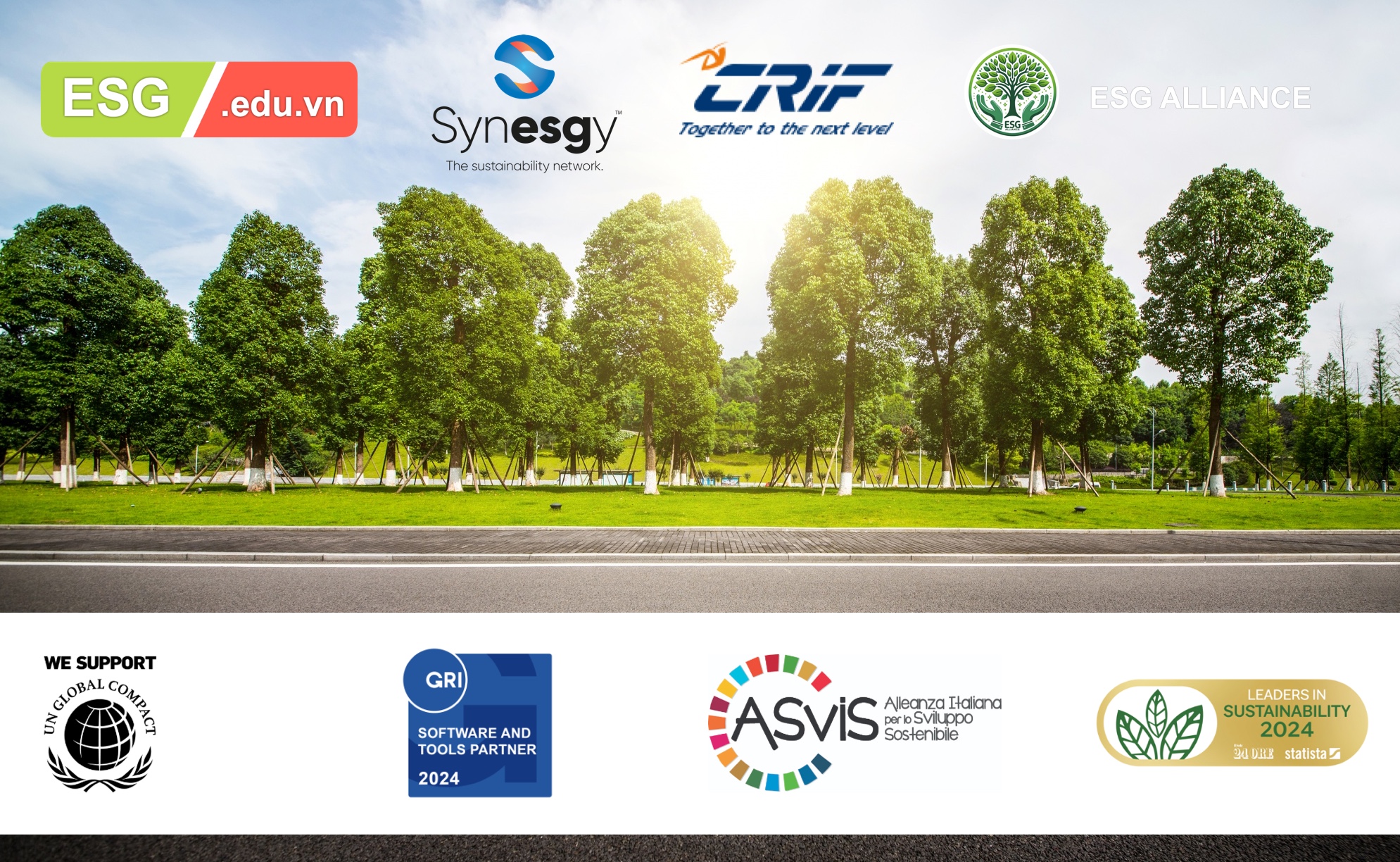







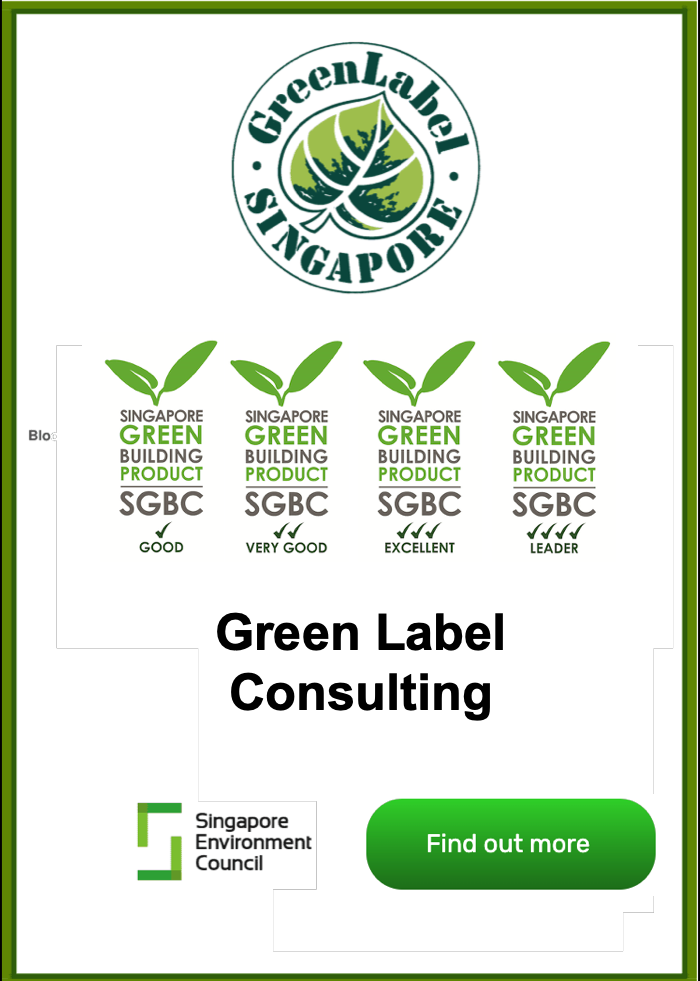
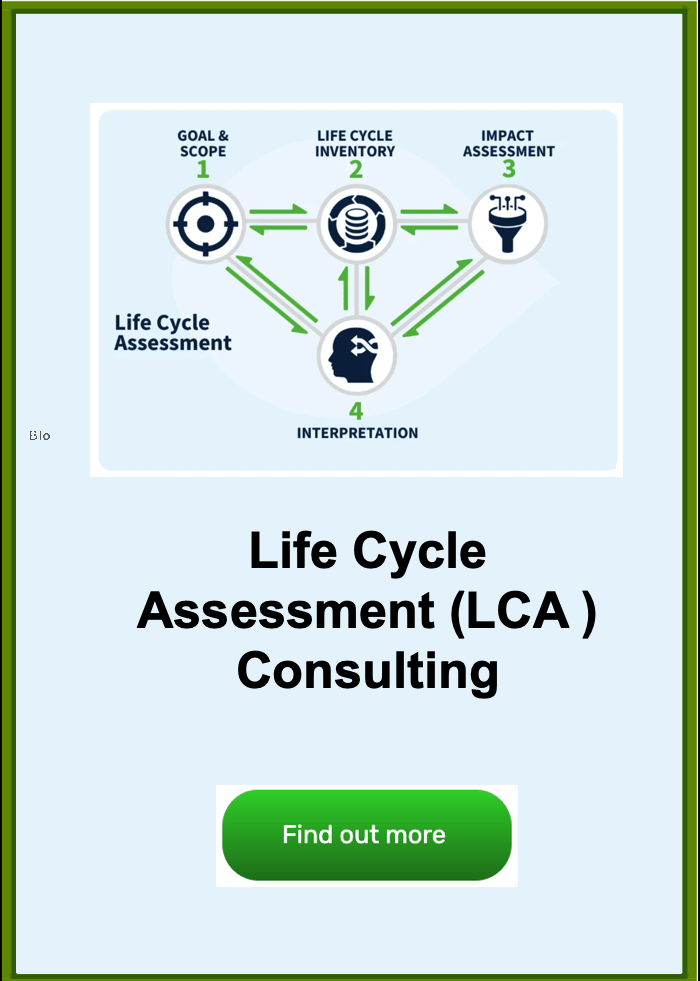
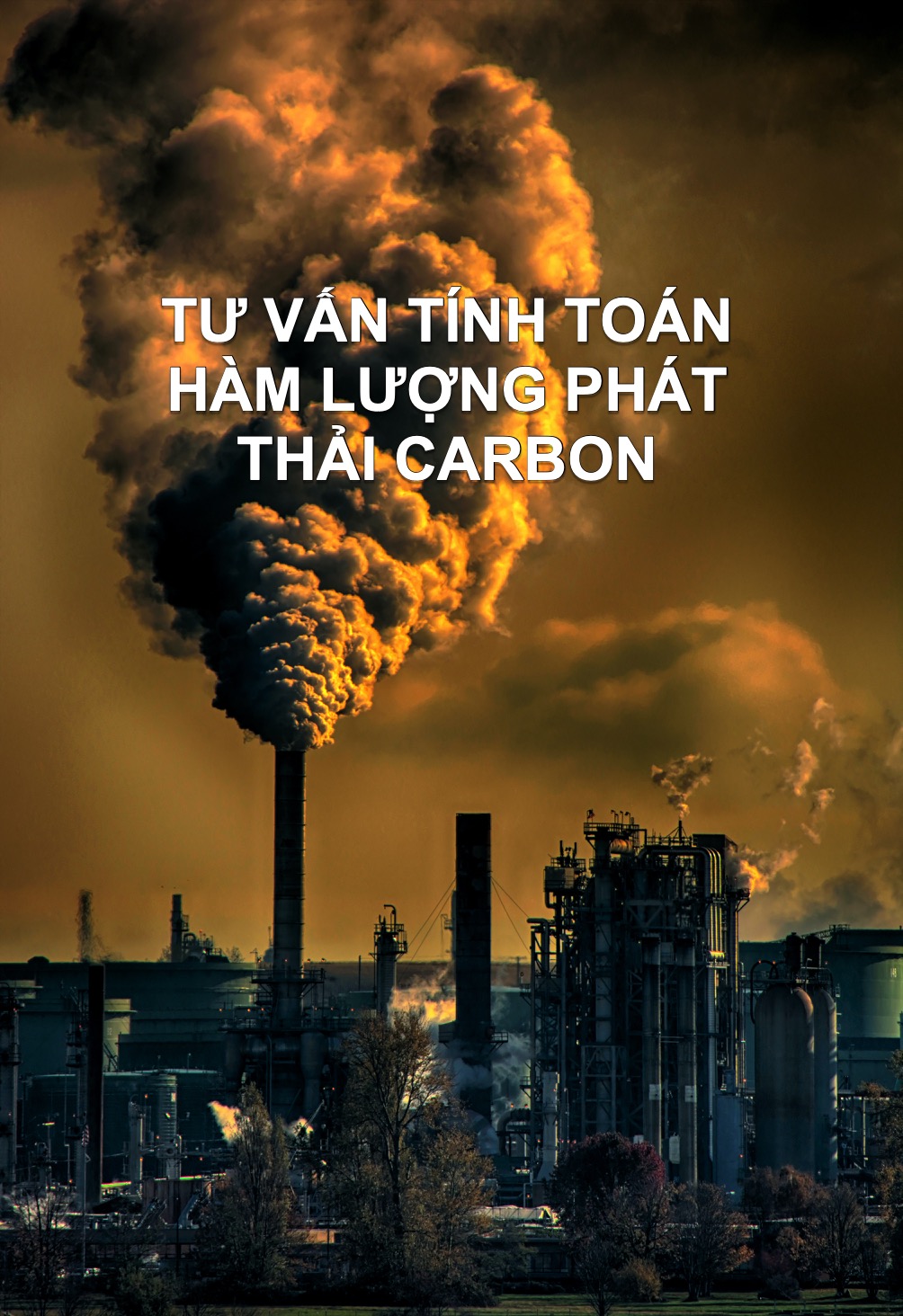
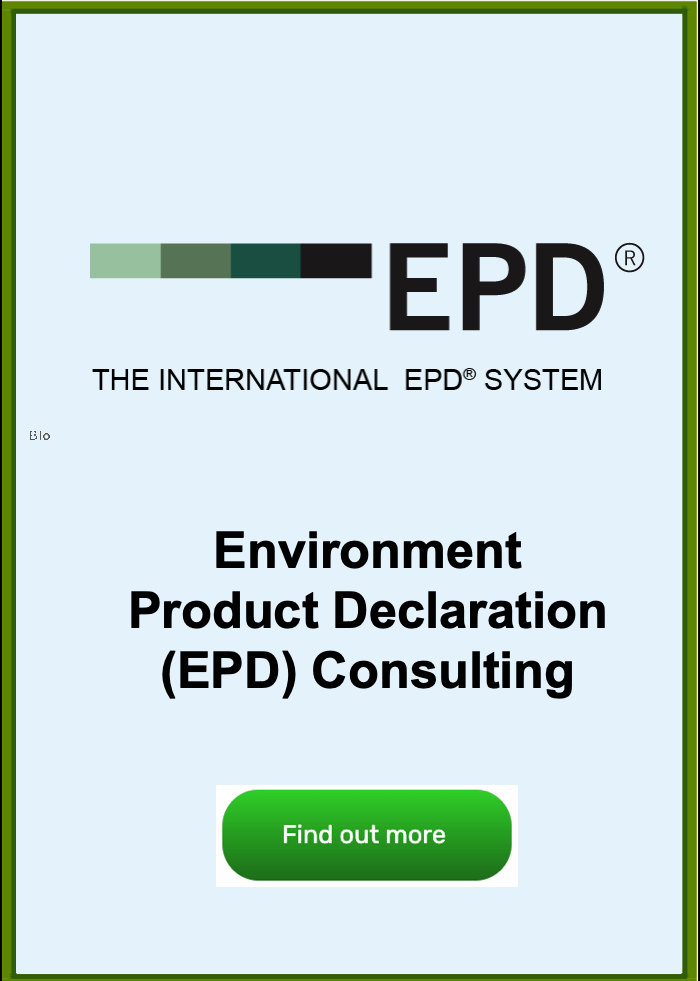
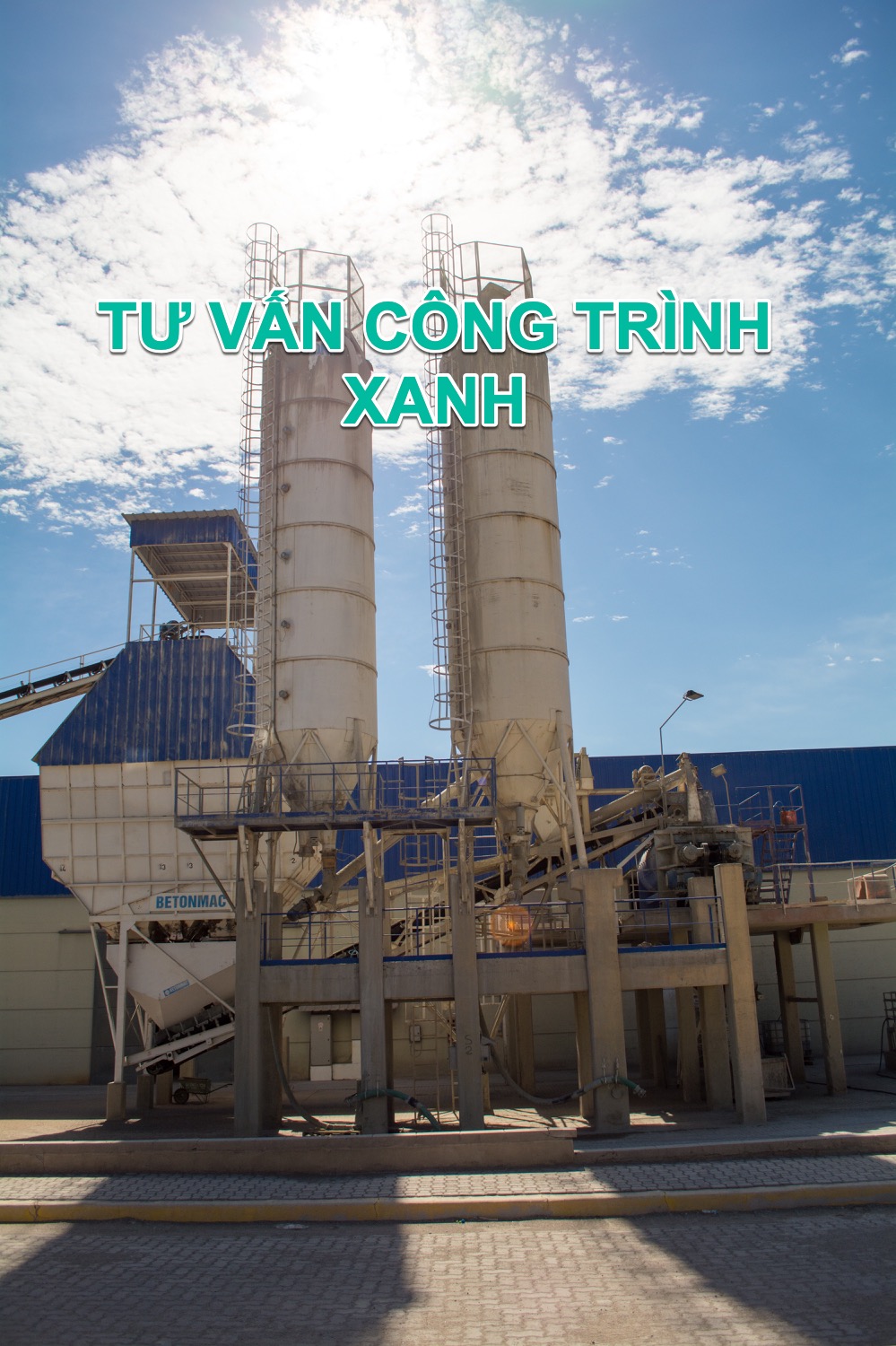

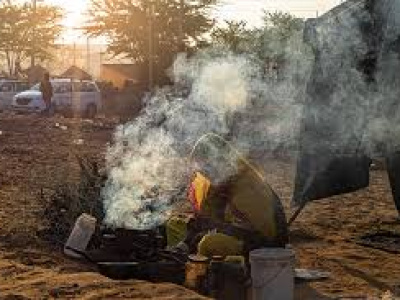
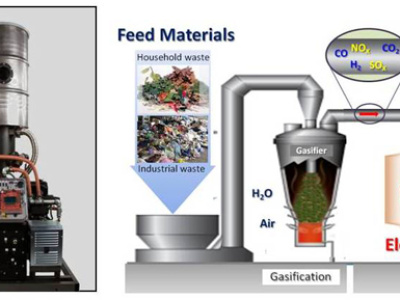
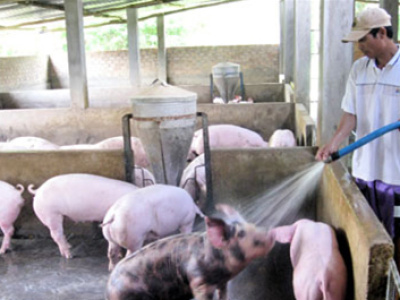
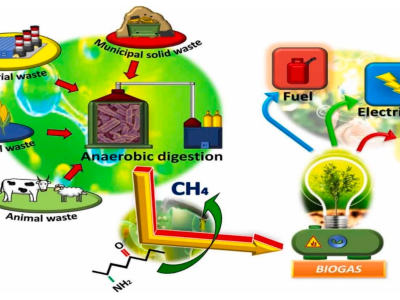
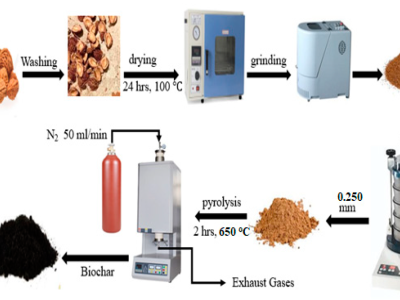
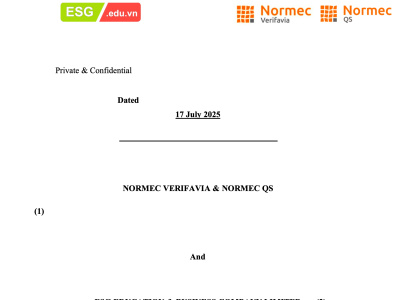
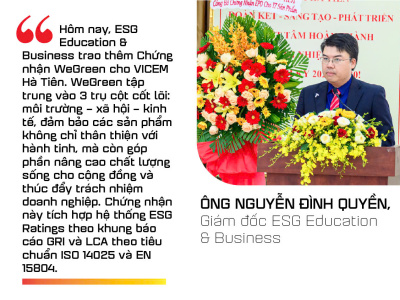
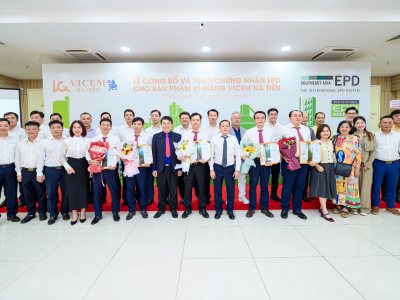
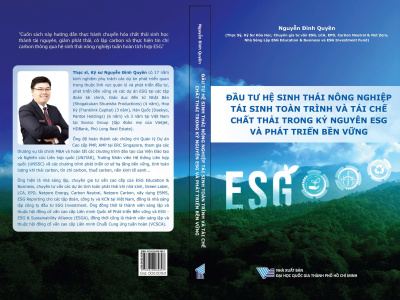
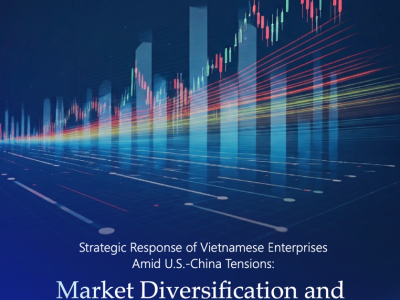
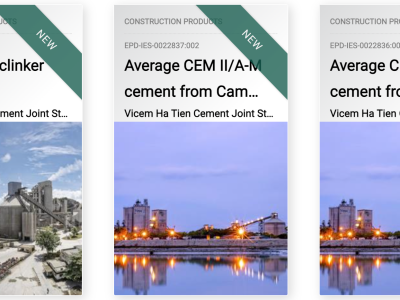
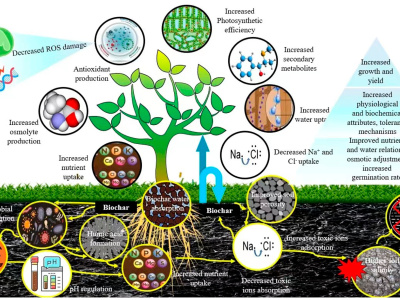
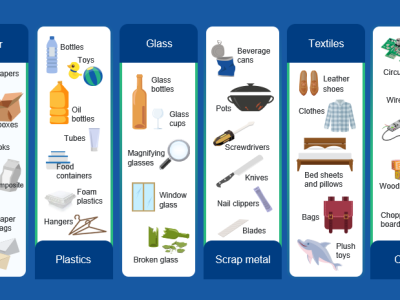
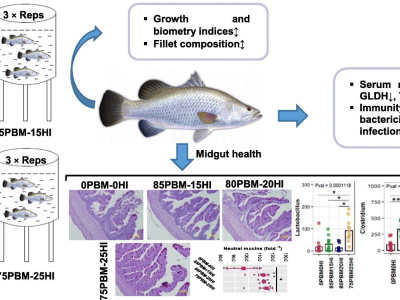
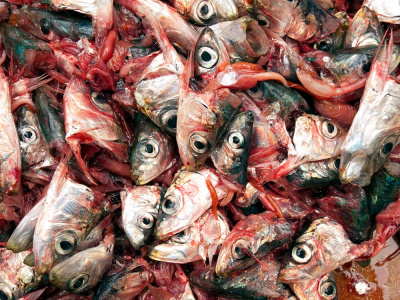
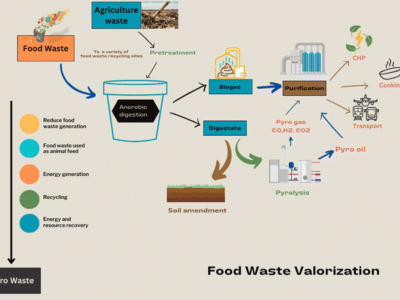
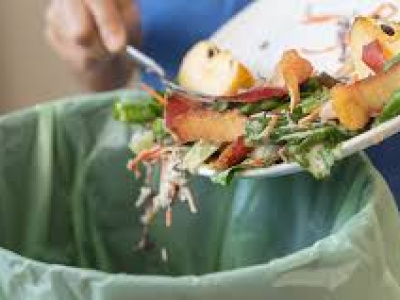
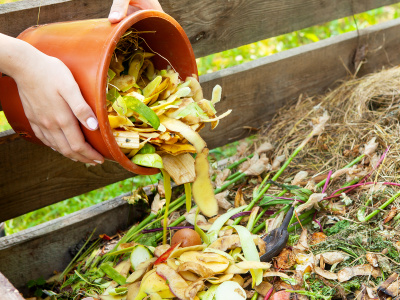
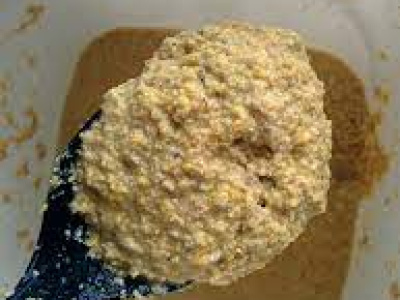
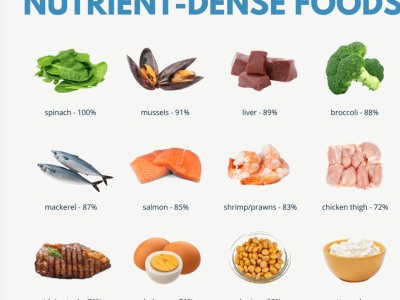
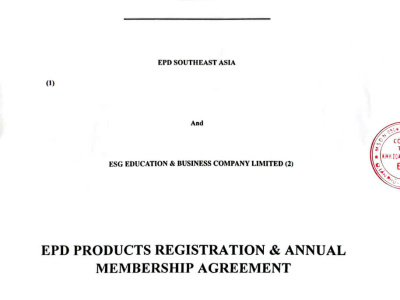
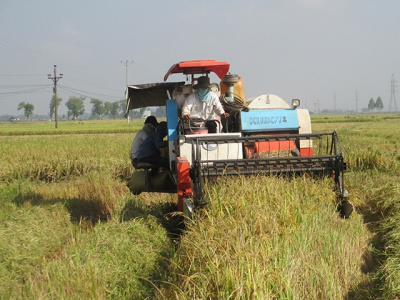
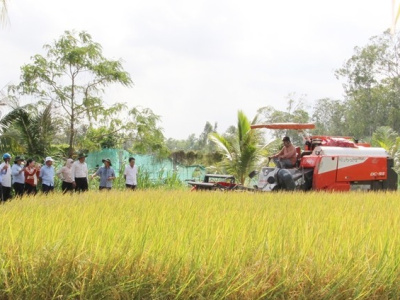
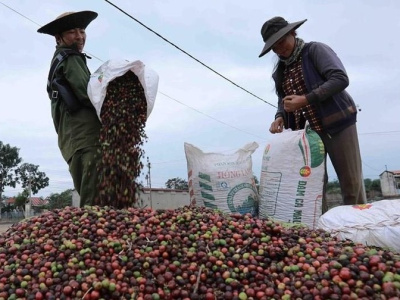
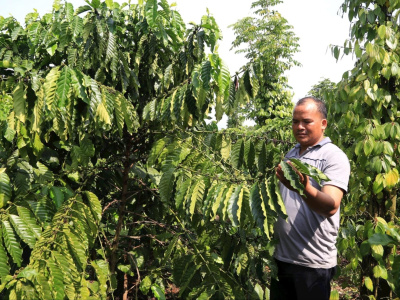
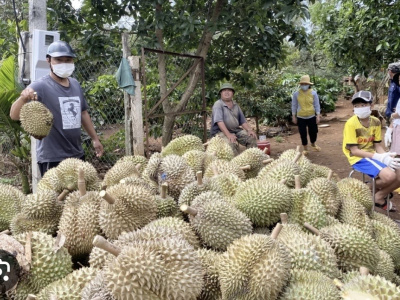
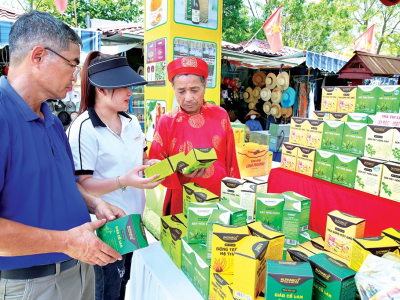
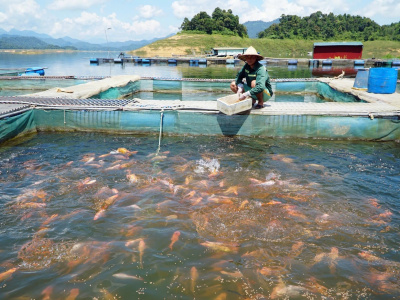
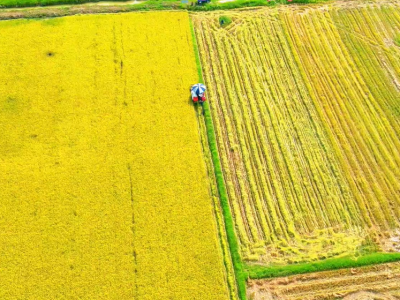
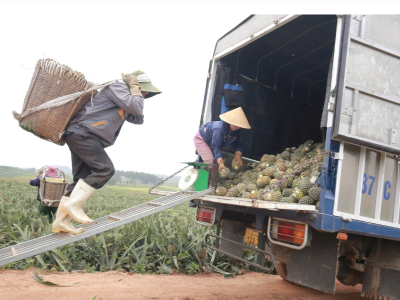
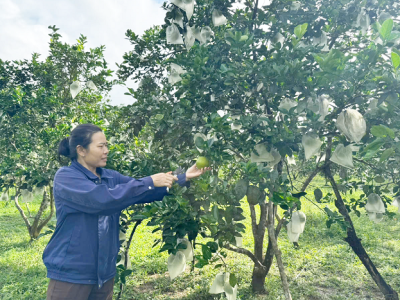
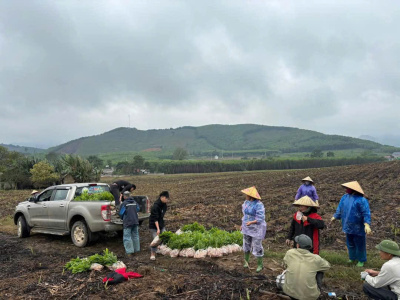
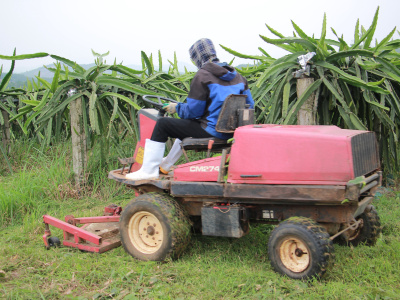
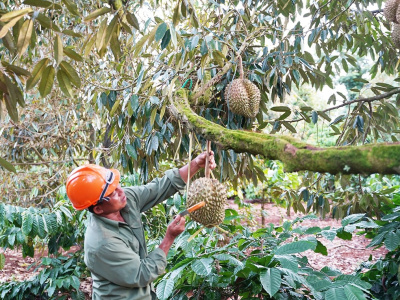
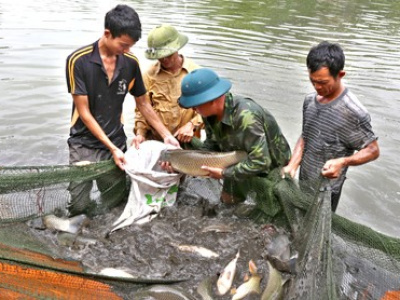
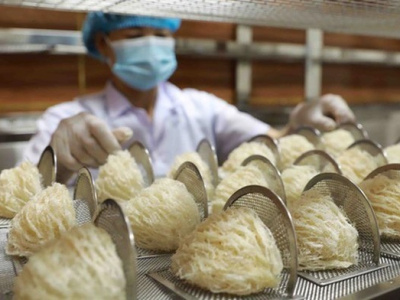
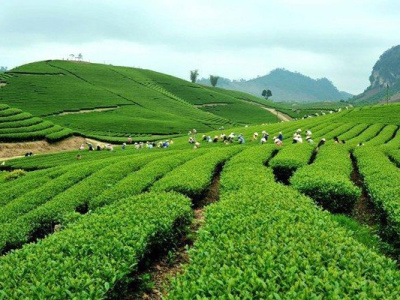
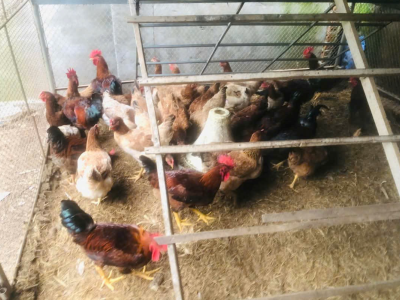
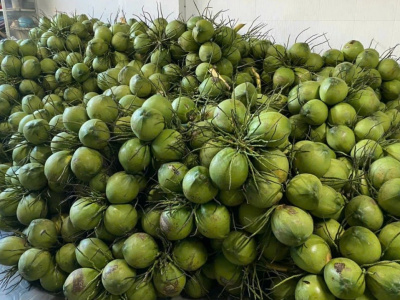
![NGUYỄN ĐÌNH QUYỀN [VN]](https://aseanfarmers.com/wp-content/uploads/NGUYEN-DINH-QUYEN-VN-400x300.png)
